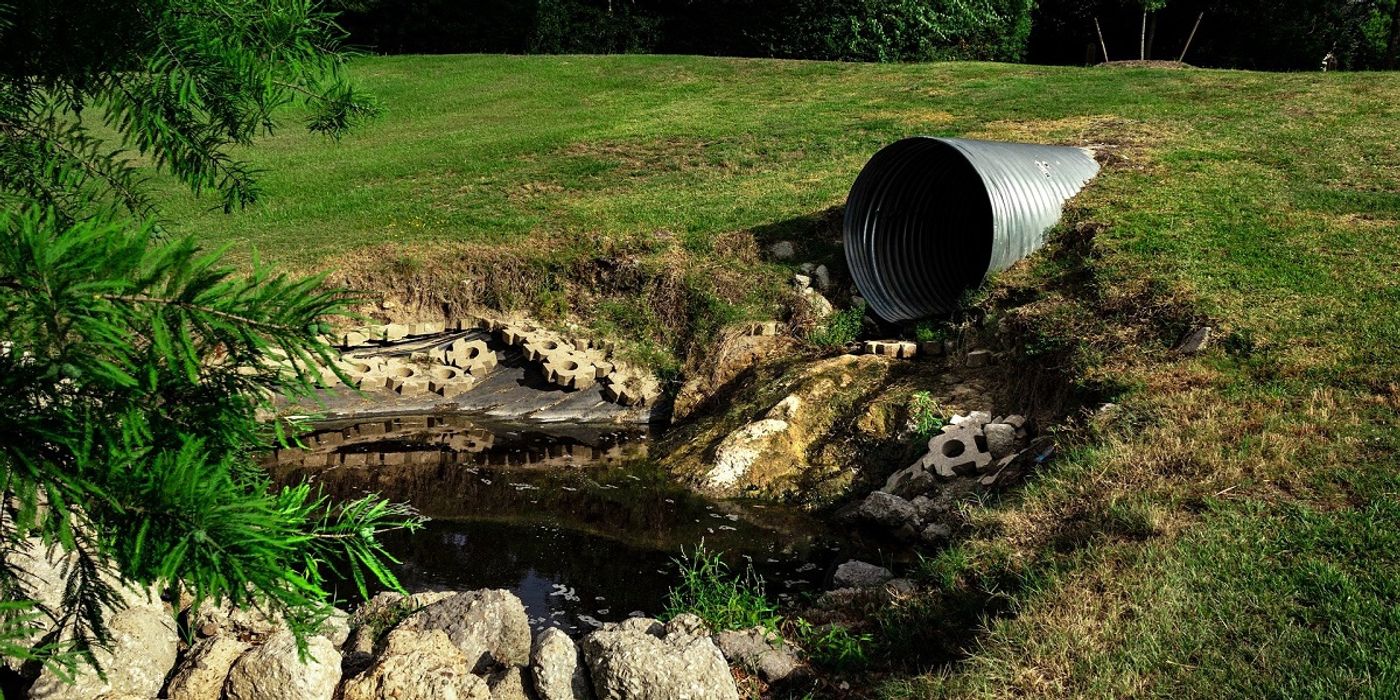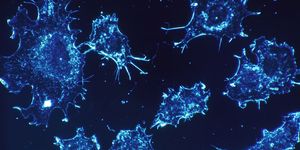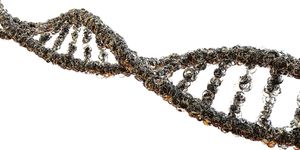Human Waste Contributions to Global Pollution Exceed Expectations
River ecosystems receive many inputs from human activities upstream. Rivers bring these inputs out to the ocean, where they change the chemistry of our coastal waters. The chemistry changes can contribute to problems like harmful algal blooms and hypoxic zones through the excessive nutrient load in the water, known as eutrophication. Typically, research has focused on the largest contributor to coastal eutrophication- agricultural runoff from fertilizers and livestock waste. However, less research has been published on the effects of human waste on pathogen and nutrient levels in coastal areas.
A recent study models in fine detail the levels of nitrogen and pathogens from sewage around the globe. Though agriculture still presents most of the nitrogen added to coastal waters, human waste adds 40% of what agriculture contributes. Around two-thirds of that is through treated sewer systems, and about one-third is from the direct input of human waste into the water. And the nitrogen contained in human waste is expected to increase as populations increase and consumption of meat protein across the globe increases.
The model shows that nitrogen inputs are highly concentrated, and half of all watersheds contribute minimal nitrogen or pathogens. While only twenty-five watersheds contribute nearly half of global nitrogen inputs. These watersheds are concentrated in India, China, and Korea, with China’s Yangtze River contributing a massive 11% of global wastewater nitrogen. Similar numbers were found for pathogens, with more than half of fecal indicator organisms coming from twenty-five watersheds, mostly in Southern and Eastern Asia, and Africa, near densely populated areas. These areas with high pollution levels are typically also under other pressures from humans living nearby, like over-fishing and coastal development degrading habitats.
The map created by this research will be useful to conservation managers for making decisions about where conservation efforts should be prioritized to maximize protections. However, it is still a difficult challenge to manage pollution by watershed, as many watersheds span multiple boundaries and countries. The Danube River, for example, drains from nineteen different countries, with different cultures, levels of development, and wastewater treatment infrastructure. This study also only looked at two aspects of coastal water pollution and did not include many of the other pollutants that cause problems in our coastal habitats. We will have to work together to address the challenges we have created for ourselves.
Source: PLOS ONE









